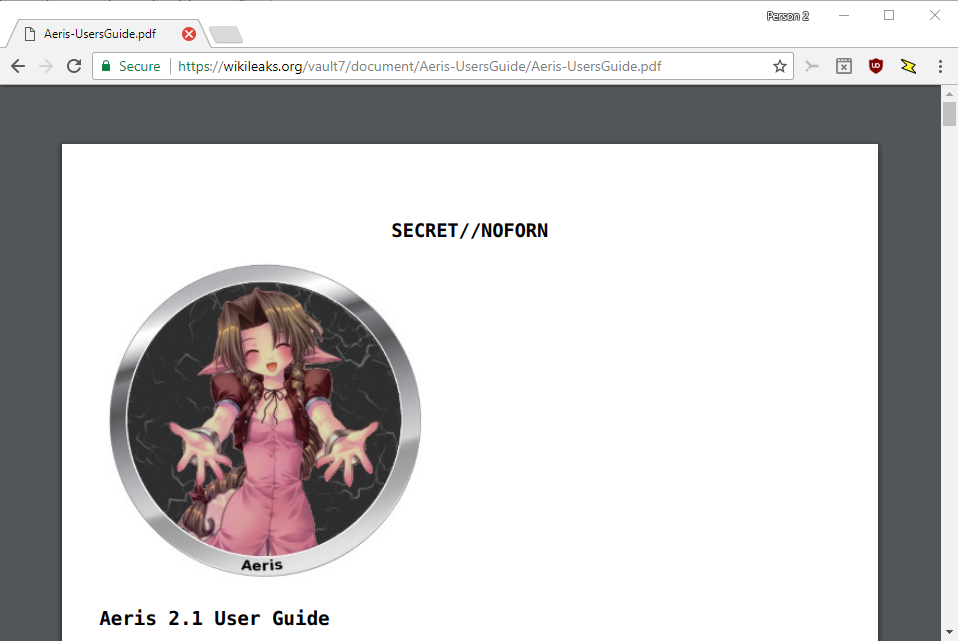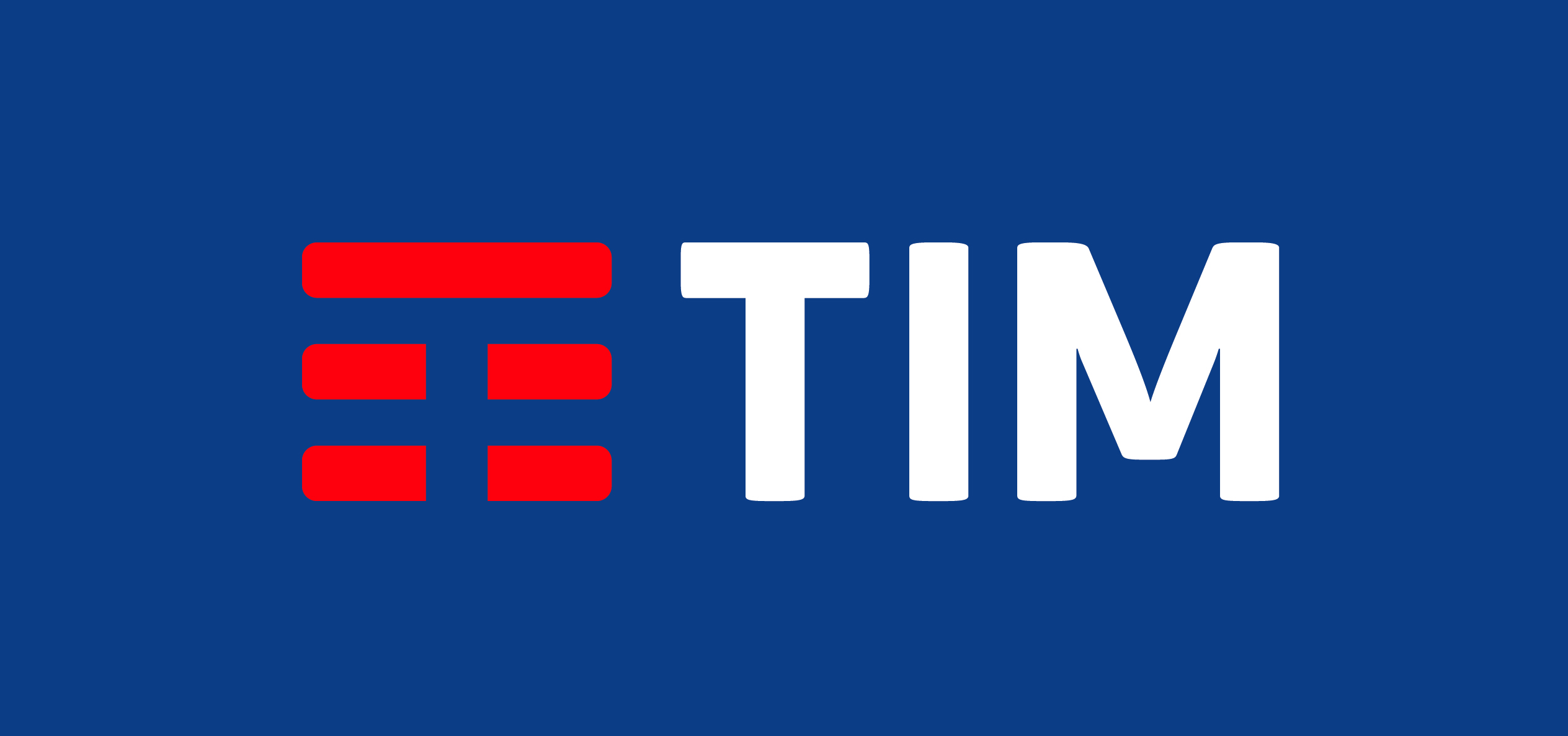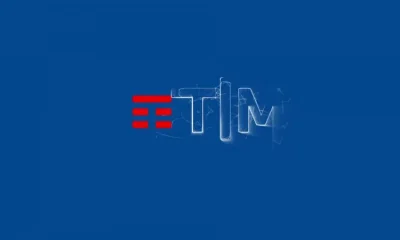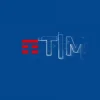News
Wikileaks rilascia la documentazione di AERIS
Wikileaks ha rilasciato la documentazione di AERIS che fa parte del Vault 7 strumenti utilizzati dalla CIA per tracciare e violare privacy di ogni utente.
Aeris a prima vista è stato progettato per consentire a un agente di recuperare e inviare informazioni sul sistema infetto tramite canali crittografati TLS.
Per trasmissione di informazioni, ad esempio si fa uso del mail server Postfix, che consente all’agente di inviare informazioni alla postazione designata con l’utilizzo di crittografia AES256.
Aeris è stato sviluppato in linguaggio C , e supporta diversi sistemi POSIX (Debian, RHEL, Solaris, FreeBSD, CentOS). Supporta il protocollo SMTP – con comunicazioni criptate TLS con autenticazione reciproca. È compatibile con la specifiche crittografiche NOD.
I sistemi interessati a questo tipo di attacco sono:
- Debian Linux 7 (i386)
- Debian Linux 7 (amd64)
- Debian Linux 7 (ARM)
- Red Hat Enterprise Linux 6 (i386)
- Red Hat Enterprise Linux 6 (amd64)
- Solaris 11 (i386)
- Solaris 11 (SPARC)
- FreeBSD 8 (i386)
- FreeBSD 8 (amd64)
- CentOS 5.3 (i386)
- CentOS 5.7 (i386)
Segnaliamo una parte piuttosto divertente nel manuale che riportiamo di seguito.
Each implant instance has a unique certificate authority associated with it. The CA’s private key is used to sign the implant’s certificate as well as certificates for each LP associated with the implant in question.
If anyone actually reads this paragraph, he or she is entitled to a small monetary prize courtesy of the Aeris team lead. Implant- collected data cannot be decrypted without the CA’s private key; hence, this key is considered SECRET//NOFORN and must be maintained on a classified network. All keys and certificates (CA, target, and LP) are 2048 bits in size


















